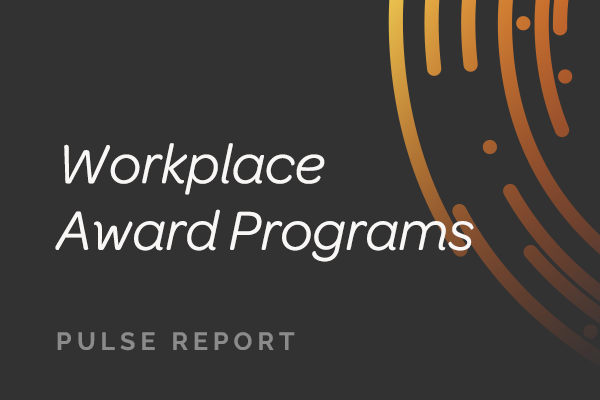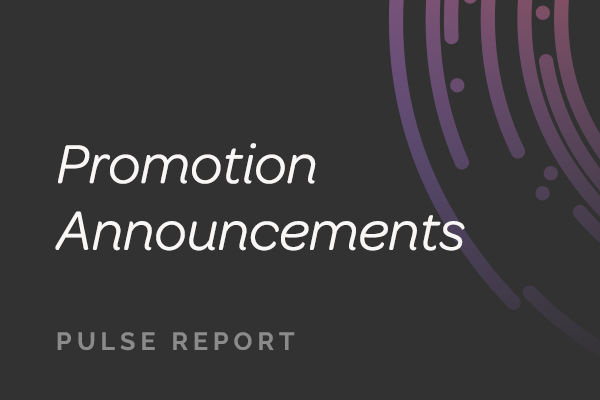
The Employee Digital Experience: An Opportunity for Internal Communicators
December 21, 2022
As the COVID-19 pandemic ebbs and flows, many organizations are on a journey to better incorporate and support remote and hybrid employees. In this new normal of working, the relationship between employees and employers is increasingly formed, facilitated and nurtured through digital platforms. Because of this, an employee’s digital experience has jumped to the top of the priority list for many internal communicators.
Also known as Digital Employee Experience (DEX), the employee digital experience is an employee’s holistic perception and feelings created by the way they interact with the digital tools provided by employers to do their job. It is rapidly becoming a key metric to a successful modern employee experience. DEX touches almost all major facets of the workplace, from company culture, learning and development, engagement and retention, and more. As a departmental function, DEX is a matrixed consideration, touching major departments including HR, IT, communications and leadership.
Simpplr Cohesion Conference
A few weeks ago, intranet platform Simpplr held their first in-person user conference since the pandemic began, Cohesion 2022, in San Francisco. Hundreds of attendees, representing people operations, communication, IT and HR functions, gathered to discuss the elevated relevance of a cohesive Digital Employee Experience.
In addition to hearing about the company’s vision and seeing sneak peeks of Simpplr’s product roadmap, customers swapped stories about launching and building their digital hubs.
One statistic that stood out among the many interesting data points came from Cheryl McKinnon, a Forrester researcher: 62% of business and technology pros expect their organization will have a permanently higher level of remote workers.
The shift to a more digitized workplace will require cohesion between departments and communicators to achieve a consistent and equitable digital experience for all employees, no matter the work model.
Tracking the Employee Digital Experience Trends
ROI is no stranger to the role technology plays in keeping employees informed, connected, engaged and productive. With over 20 years supporting clients across industries, many of whom are technology-forward organizations based in Silicon Valley, ROI itself has been a fully remote company since the formation of the agency. What’s been remarkable in the digital communication space, however, is that historically investing in more robust digital assets was often a secondary consideration. No longer.
The worldwide forced adoption of digital tools to supplement in-person company processes has created a powerful need for many organizations to optimize the tools that were hurriedly put in place when the pandemic struck.
Here are three trends attendees discussed at Cohesion 2022 that we find particularly impactful as we close out 2022:
1. The Digital Employee Experience is an opportunity for internal communicators.
Internal communicators have long practiced developing a holistic view of how various channels and content work together in a crucial way to support the employee experience. As these experiences are increasingly realized in a digital workplace, IC professionals are uniquely positioned to provide insight into an organization’s DEX investments. According to McKinnon, it’s understood that no one owns DEX; instead, it’s a partnership between IT, HR, people ops, communications and others. But someone must lead the investment, as increasing amounts of resources are dedicated to such a large organizational initiative. IC professionals, with their strong understanding of employee needs and preferred listening mechanisms, are poised to help drive these initiatives to more successful outcomes.
2. Audience segmentation and content personalization are critical.
Creating content and measuring impact for specific audience segments — versus an entire employee population — are critical for success. Digital tools are better positioned than ever before to help teams tailor approaches and target outcomes. IC leaders need to be able to define audiences across their organizations. Using data, personas and audience segments can ensure that communications are more effective and impactful. Satisfied employees translates into satisfied customers, increasing both top and bottom-line growth.
3. Take a page or two from the marketing team’s playbook.
Marketing teams have leveraged technology in ways that internal teams can learn from. Defining predictable user journeys and developing structures and templates can greatly aid in effective automation. Additionally, approaching internal initiatives as marketing campaigns can help teams focus on multiple ways to reach and move employees. We often talk about consumer-grade technology, but consumer-grade experiences for employees are also a powerful way for internal communicators to deliver key outcomes.
It’s promising to see a new guard of digital platforms, including Simpplr, supporting organizations that are looking to embrace a higher-quality Digital Employee Experience. At ROI, we have the expertise to help you optimize your digital workplace regardless of the platform mix. Let us know how we can help you on your journey.
Contributors
Emery Lees
Director, Strategist
Emery's firsthand experience of building a community through face-to-face conversations in an Italian hill town influences her work at ROI. For Emery, the value of enterprise social media lies in the authenticity and value of connections that employees create, and requires an ongoing commitment to develop long-term value.





